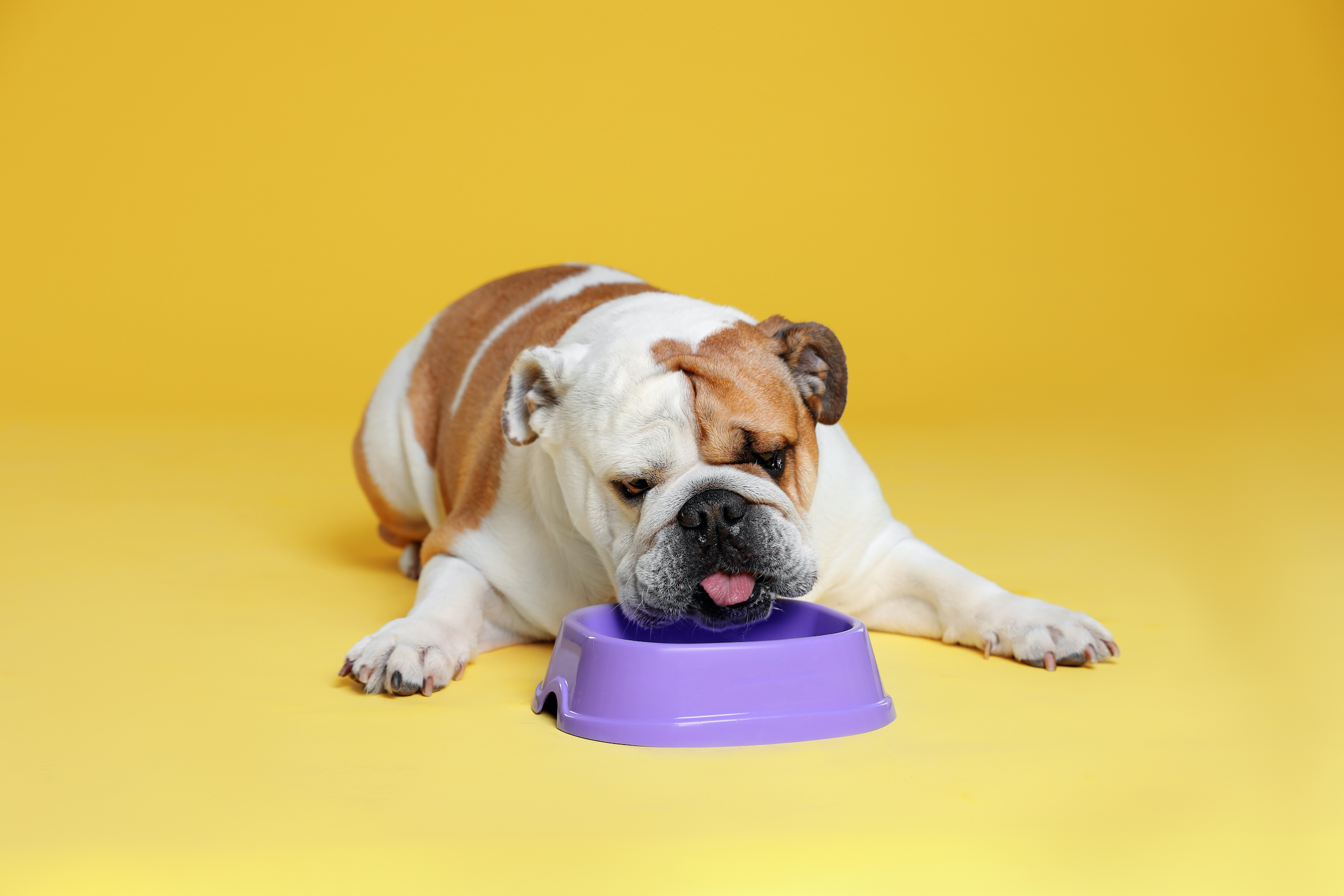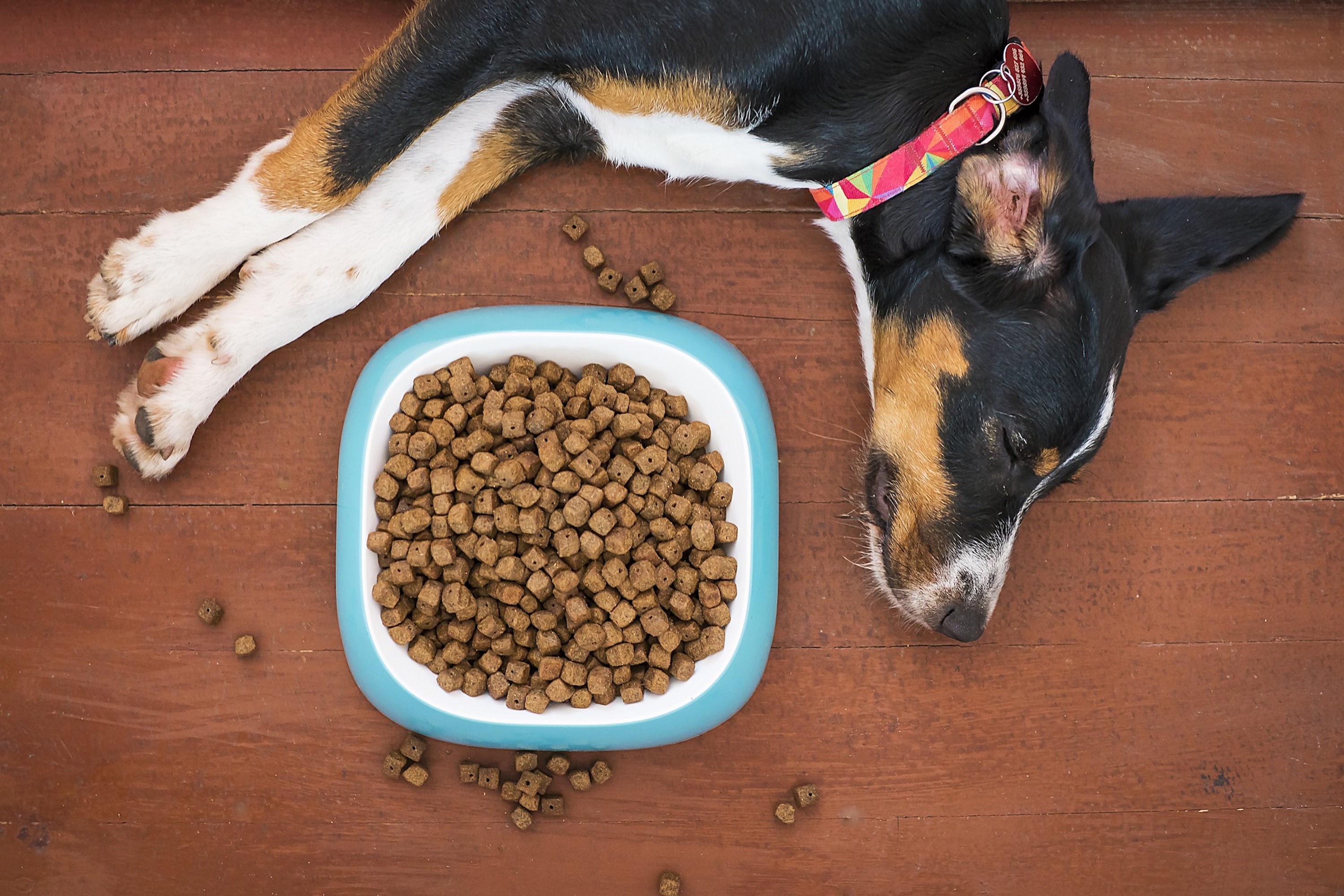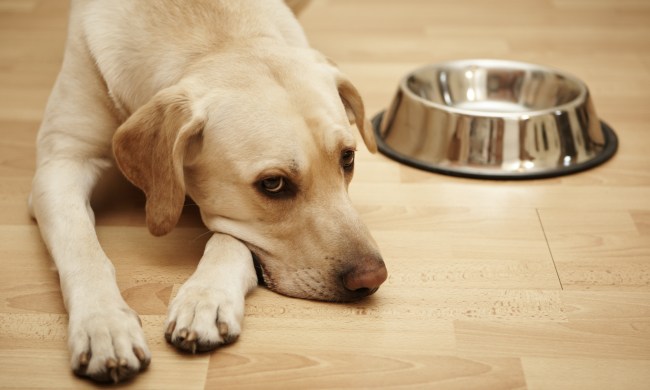No matter how you look at it, pet ownership is expensive. From vet visits to recurring purchases like food and toys, you’ll always need to buy something else for your fur baby. It helps to shop smart and compare prices, but finding something like the best dog food for the best price is more complex than you might think.
A good monthly budget for dog food will help you control one of the largest, most expensive pieces of the equation, but what should you expect to set aside? You might think that buying homemade ingredients might be more expensive — and let’s not forget about subscription boxes to bring you your pet’s food on a schedule — but we’ll compare all the options to see if you’re right. You might be surprised!

Don’t just buy whatever is cheapest
There are times when it’s appropriate to buy the cheapest item you find, but when it comes to your four-legged BFF, you should prioritize quality over price. That’s not to say that cheaper dog foods are unhealthy for your pet, but they are more likely to contain additives, mystery “meat,” and other second-grade ingredients.
Veterinary nutritionist Allison Wara told Oklahoma TV station KJRH that although cheaper dog foods tend not to be as protein-rich as their pricey counterparts, price is not the only indicator of quality. In fact, she notes, the wording on the packaging and ingredients list should be your number one concern.
Not only should you look for specifically named protein sources and the names of chemicals you don’t know (you don’t want those), but you also should keep an eye out for promising language such as “complete” and “balanced.” According to Wara, when a food is “complete,” it contains all necessary nutrients for canines. When it’s “balanced,” those nutrients are present in the recommended ratios for dogs.

Different options for purchasing dog food — is one cheaper?
Bags of kibble aren’t the only way to feed your pet; you can find many trusted brands of canned dog food as well. Homemade, whole-food diets for canines are becoming increasingly popular as concerns grow around low-quality dog food ingredients, but making your dog’s food can be expensive. Is it worth it?
Store-bought
When comparing the prices of kibble, you’ll find a vastly wide variety. On chewy.com alone, you can find bags of dry dog food for as little as $5 and for as much as $125 — that’s a huge difference!
Of course, veterinary diets and other health-conscious kibbles tend to run on the more expensive side, but you’re paying for scientifically formulated ingredients that will have a direct effect on your pup’s health, in this case. After extensive research, The Spruce Pets reports that veterinary diets can cost upward of $100 a month, versus the regular $20 to $60 a month that a pet parent can expect to spend on food and treats.
Dry versus wet food
Another overlooked factor in considering your budget for dog food is whether you feed them kibble or canned wet food — and this alone can make a huge difference. Doctor of veterinary medicine Jennifer Coates broke down the price comparisons for PetMD to the last cent: For a 60-pound dog eating 3.8 cans of wet food per day, their owner would be spending about $7.57 daily. If that same dog ate kibble instead, their human would be paying only about $1.05 a day.
Of course, there are benefits to feeding your dog canned food, including its protein and fat-rich properties. On the other hand, Kibble is higher in carbohydrates and sometimes in preservatives as well, which is why canned food is recommended more frequently for dogs with food sensitivities.
Homemade
Generally speaking, homemade dog food is more pricey than many store-bought dry kibbles but cheaper than veterinary diets and canned food. Of course, it depends mostly on where and when you gather your ingredients. You may also need to purchase a supplement drop to include in your dog’s food to ensure she’s getting all the nutrients she needs, so don’t forget to add that into your budget.
Subscriptions
Helpful suppliers like Amazon and Chewy have created subscription programs that will help save you money on dog food while making your life that much easier. By purchasing a subscription for your favorite product, you can get monthly delivery for as long as you like, all while paying less than you would in-store.
For example, Amazon’s Subscribe and Save program lets you select your product, how much of it you would like delivered, and how frequently you’d like the delivery, all during your one initial purchase. Many dog food brands also are eligible for a subscriber’s discount — a win-win!
Whether you’re planning ahead or looking to create a more cohesive budget for your dog’s current food, it won’t take much to get started. Once you know the price of your pup’s meals and how often to refill, there’s just a little bit of math to do before you’re set! Just set aside your budget and mark your calendar for refill day. You’ve got plenty of options for pickup or delivery — many of which save you money, too, so what are you waiting for? It’s time to get shopping!



